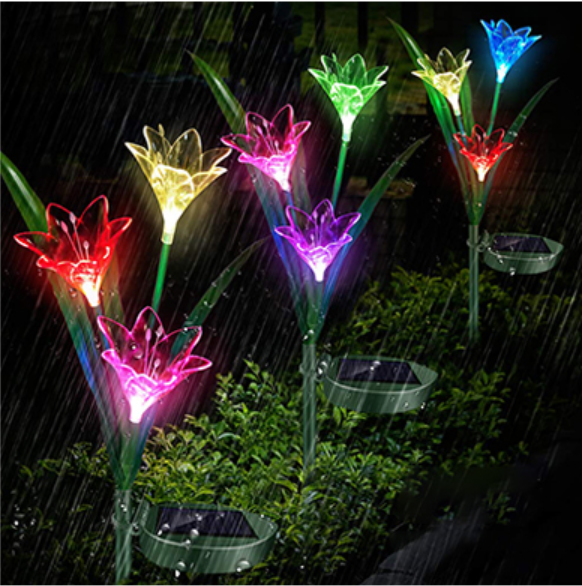time:2021-04-08 source:ZJ Lighting Views:290
Display unit template size (indoor screen) or pixel size (outdoor screen)
The resolution of ordinary indoor led display screen is generally 768 rows×1024 columns at most. Special display screens can exceed this limit. The common method is to combine two screens; the other is to use ultra-high-speed chips to design the circuit, but the cost is higher.
The following is the design reference size of indoor led display:
φ3.0mm dot pitch is 4.00 mm, the maximum screen size is about: 2.0m (height)×3m
Φ3.75mm dot pitch is 4.75 mm, the maximum screen size is about: 2.5m (height)×4m
The dot pitch of φ5.0mm is 7.62 mm, and the maximum screen size is about: 3.7m (high) ×6m

When designing the geometric size of the indoor display screen, it should be based on the size of the display unit template. The resolution of a unit template is generally 32 rows×80 columns, that is, a total of 2048 pixels, and its geometric dimensions are as follows:
Φ3.75mm unit template size: 153 mm(height)×382 mm(width)
Φ5 mm unit template size is: 244 mm(height)×610 mm(width)
The size of the outer frame of the indoor display screen can be determined as required, and should generally be proportional to the size of the screen. The size of the outer frame is usually 4cm-10cm (each side).
For outdoor screens, the pixel size must first be determined. In the selection of pixel size, in addition to the needs of the display content and space factors mentioned above, consideration should also be given to the installation
Installation position and viewing distance. If the installation position is farther away from the subject, the pixel size should be larger, because the larger the pixel size, the more light-emitting tubes in the pixel, and the higher the brightness.
The effective viewing distance is also farther. However, the larger the pixel size, the lower the pixel resolution per unit area, and the less content displayed.
Power consumption and power requirements
The power consumption of the display screen is divided into average power consumption and maximum power consumption. Average power consumption, also known as working power, is the actual power consumption at ordinary times. Maximum power consumption is extremes such as startup or full brightness
In the case of power consumption, the maximum power consumption is an element that must be considered for AC power supply (wire diameter, switch, etc.).
Φ5 mm display power consumption:
Average power consumption: 200W/square meter; Maximum power consumption: 450W/square meter
Φ3.75mm display power consumption=φ5 mm display power consumption×2.5 times